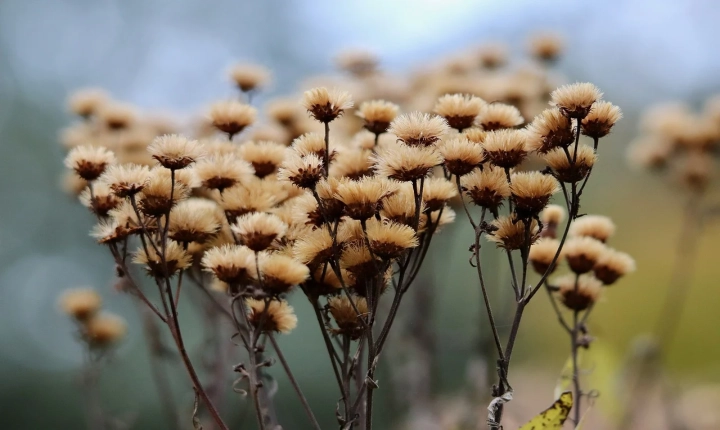Title: Into the World of AI Art: Generating Art from an Image
Introduction:
Artificial Intelligence (AI) has brought a wave of innovation across various industries, and the field of art is no exception. One fascinating application of AI in the art world is the ability to generate art from an image. This process involves using advanced algorithms to analyze and transform an input image into a new piece of art, often resulting in stunning and unexpected results.
Understanding the Process:
The process of generating art from an image typically involves a technique called neural style transfer. This technique utilizes deep neural networks to separate the content of an image from its style and then combines it with the style of another image. By analyzing the content and style features of the input images, the neural network can produce a new image that merges the content of one image with the stylistic elements of another.
Step-by-Step Guide:
1. Choose Your Input Image:
The first step in generating AI art from an image is selecting a suitable input image. This image will serve as the foundation for the final artwork, so it’s essential to choose an image with clear and distinct content.
2. Select a Style Image:
Next, you’ll need to choose a style image that will influence the artistic style of the final output. This could be a painting, a drawing, or any other image with a unique artistic style that you’d like to incorporate into the final artwork.
3. Use a Neural Style Transfer Tool:
There are several neural style transfer tools available online that utilize pre-trained neural networks to generate art from images. These tools typically allow you to upload your input and style images and then adjust parameters such as style strength and content weight to fine-tune the output.
4. Experiment and Refine:
Once you’ve run the neural style transfer algorithm, you can experiment with different parameters and settings to refine the final artwork. Adjusting parameters such as style weight, content weight, and optimization iterations can lead to a variety of artistic interpretations of the input and style images.
5. Save and Share Your AI Art:
After fine-tuning your generated artwork, you can save the final output and share it with others. Whether it’s through social media, online galleries, or print, showcasing your AI-generated art can spark conversations around the intersection of technology and creativity.
Considerations and Limitations:
While neural style transfer can produce visually captivating results, it’s important to note that the process is not without its limitations. The quality of the generated art can vary depending on the input and style images, the parameters used, and the specific neural network employed. Additionally, generating AI art from an image often requires significant computational resources, so using specialized hardware or cloud-based services may be necessary for larger-scale projects.
The Future of AI Art:
As AI continues to evolve and improve, the potential for generating art from images will also advance. New techniques and algorithms are constantly being developed, offering artists and creators innovative ways to explore and expand the boundaries of visual expression.
In conclusion, the process of generating AI art from an image represents a compelling intersection of technology and artistry. By harnessing the power of neural networks, individuals can transform mundane images into captivating pieces of art, fostering a new realm of creative exploration. As AI continues to push the boundaries of what’s possible, the future of AI-generated art holds tremendous promise for artistic innovation and expression.
